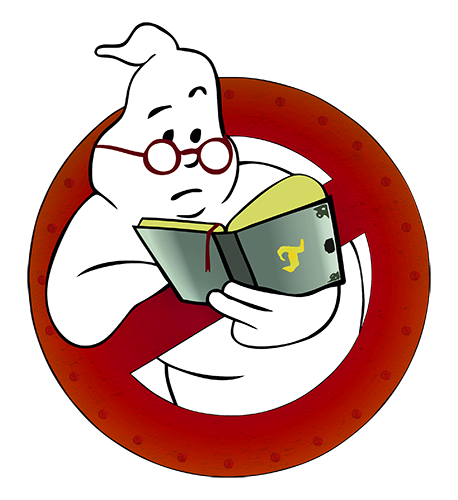Mrmichaelt (talk | contribs) (Created page with "{{Infobox Actors | Actor=László Kovács | occupation=Cinematographer | image=LaszloKovacs01.jpg | image_size=225px | Born=May 14, 1933; Cece, Hungary | Died=July 22, 2007; ...") |
Mrmichaelt (talk | contribs) mNo edit summary |
||
| Line 10: | Line 10: | ||
| External Link=[http://www.imdb.com/name/nm0004088/ on IMDB] |
| External Link=[http://www.imdb.com/name/nm0004088/ on IMDB] |
||
}} |
}} |
||
| + | |||
| + | '''László Kovács''' was the Director of Photography on [[Ghostbusters]]. |
||
==Career== |
==Career== |
||
| − | + | László Kovács was an influential and award winning cinematographer who worked over 70 movies such as "Targets" (1968), "Easy Rider" (1969), "What's Up, Doc?" (1972), "Paper Moon" (1973), "At Long Last Love" (1975), "Nickelodeon" (1976), and |
|
"Mask" (1985) and was credited in part for developing the American New Wave cinema of the late 1960s and early 1970s. |
"Mask" (1985) and was credited in part for developing the American New Wave cinema of the late 1960s and early 1970s. |
||
Revision as of 04:27, 1 November 2014
László Kovács was the Director of Photography on Ghostbusters.
Career
László Kovács was an influential and award winning cinematographer who worked over 70 movies such as "Targets" (1968), "Easy Rider" (1969), "What's Up, Doc?" (1972), "Paper Moon" (1973), "At Long Last Love" (1975), "Nickelodeon" (1976), and "Mask" (1985) and was credited in part for developing the American New Wave cinema of the late 1960s and early 1970s.
Ghostbusters
In the months after Ghostbusters was greenlit, Laszlo Kovacs joined the production crew. [1] As preproduction continued and work began. The Ecto-1, in particular, was originally envisioned to be an all-black vehicle. Kovacs pointed out an all-black car would prove difficult to film in the night shoots. Soon enough, the white and red trim design was adopted. [2] During principal photography, Kovacs and his crew lit up Columbus Circle and all visible side streets with giant power-draining arc lights to accompany the 500 screaming extras running away from the Stay Puft Marshmallow Man. [3]
References
- ↑ Shay, Don (November 1985). Making Ghostbusters, p. 11. New York Zoetrope, New York NY USA, ISBN 0918432685. Paragraph reads: "In the months that followed, cinematographer Laszlo Kovacs joined the group, as did costume designer Theoni V. Aldredge and editor Sheldon Kahn."
- ↑ Shay, Don (November 1985). Making Ghostbusters, p. 67 annotation. New York Zoetrope, New York NY USA, ISBN 0918432685. Paragraph reads: "Dan Aykroyd's original Ectomobile was an all-black rather sinister-looking machine with flashing white and purple strobe lights that gave it a strange, ultraviolet aura. Though kept essentially intact through all the drafts, the vehicle concept -- suggesting a hearse rather more than an ambulance -- was clearly more in keeping with the darker tone of Aykroyd's first draft than with the lighter ones that followed it. It was cinematographer Laszlo Kovacs, however, who first pointed out a serious problem with it."
- ↑ Shay, Don (November 1985). Making Ghostbusters, p. 188. New York Zoetrope, New York NY USA, ISBN 0918432685. Paragraph reads: "Entertainment Effects Group stagehands prepare for a bluescreen traveling matte shot of the Stay-Puft marshmallow man's grand entrance. For its accompanying live-action element - shot in New York - Laszlo Kovacs and his crew had Columbus Circle and all visible side-streets lit up for blocks with giant power-draining arc lights. Five hundred screaming extras stampeded on cue, running headlong through the streets and climbing over cars."

